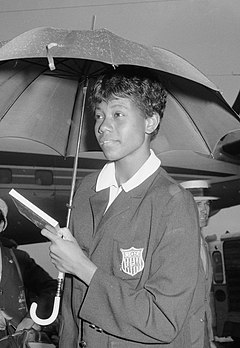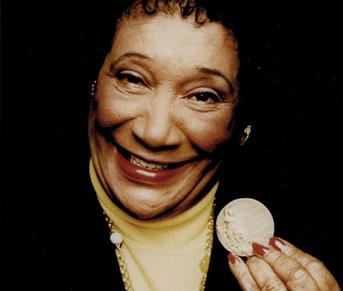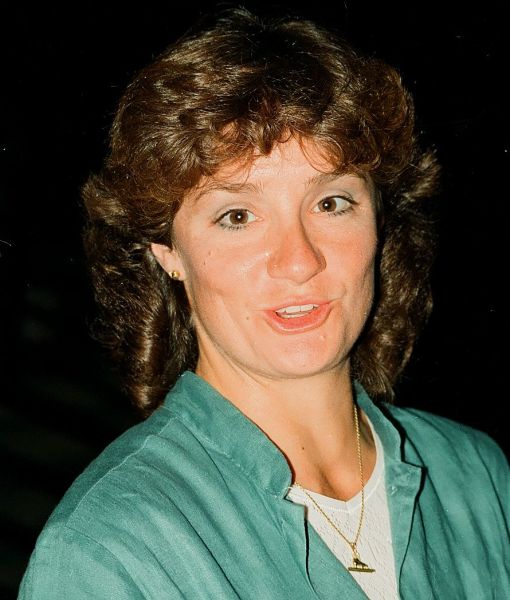Bonnie Blair has skated her way into the hearts of America. She comes from an entire family of skaters; Bonnie is the “baby” of the family, born in 1964. She was skating with ease by the age of two and was a competitor by four! When Bonnie was seven, her family moved from her birthplace of Cornwall, New York, to the Midwestern town of Champaign, Illinois. She won the state speed skating championship for her age group that same year.
In Illinois, Bonnie was fortunate to hook up with a great coach, Cathy Priestner, an Olympic champion herself. Cathy directed her toward Olympic-style speed skating and away from the pack racing that had been her strength. Age sixteen was certainly sweet for Bonnie when she skated 500 meters in 46.7 seconds at her debut as a potential Olympian. This gave her a taste of what it could be like to be the fastest woman on skates. However, Bonnie had some bumpy ice ahead—she didn’t make the cut in the actual trials later. Another stumbling block that nearly felled her was money problems; the grueling expense of travel expenses and coaching was more than the Blairs could handle. But Bonnie’s hometown rose to the occasion, and the local police force ran a ten-year campaign to raise funds to pay for their Olympic hopeful through sales of bumper stickers and t-shirts. Their generous spirit paid for Bonnie’s training with the U.S. men’s speed skaters in the Big Sky country of Butte, Montana.
Bonnie first came into global view in the Sarajevo games in 1984. She finished quite honorably, ranking eighth in the 500-meter speed skating race, but Bonnie knew she could do better. For the next Olympics, she focused even harder and increased the difficulty of her regimen— weight-training, running, biking, and roller-skating, all over and above the intense skating. Pushing herself was key for Bonnie. She started breaking world records in 1986 and took the U.S. championship every year from 1985 to 1990. In a power sport, Bonnie actually measured in as much smaller and lighter than many of her rivals from around the world.
After adopting her new style of training, 1988 was the first Olympics Bonnie participated in. She took a gold medal in the 500-meter race and set a world record of 39.10 seconds, beating out a German skater in the first place who had just set a world record. Bonnie didn’t stop with that and took home the bronze for the 1,000-meter sprint. Bonnie became the best speed skater in the world in Calgary that day and kept her title at the 1992 games in Albertville, France, with two more gold medals. Bonnie also started winning hearts with her friendly, open manner and lack of pretension.
Odds were somewhat against veteran Bonnie in Lillehammer in 1994, but she did what no other woman has done and took two more gold medals. The emotional highlight of the games that year was not the other drama queen figure skaters—Harding and Kerrigan—but Bonnie Blair. Half the world cried with her as she took her gold and cried while the national anthem played during what was to be Bonnie’s last Olympics. Bonnie Blair: the first woman to earn gold medals in three straight Olympic games and the first American woman to win five gold medals in the history of the Olympics.
“…I’m in this because I love what I’m doing.” —Bonnie Blair
This excerpt is from The Book of Awesome Women by Becca Anderson which is available now through Amazon and Mango Media.





